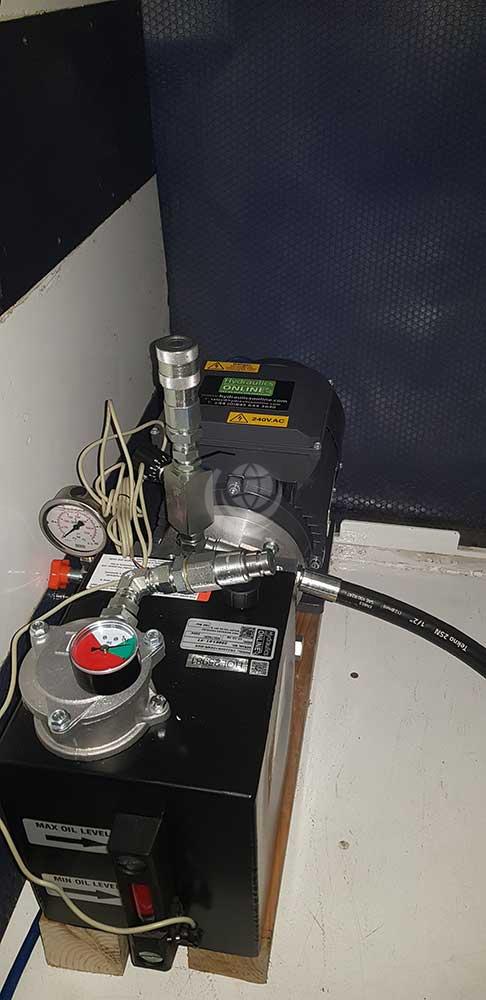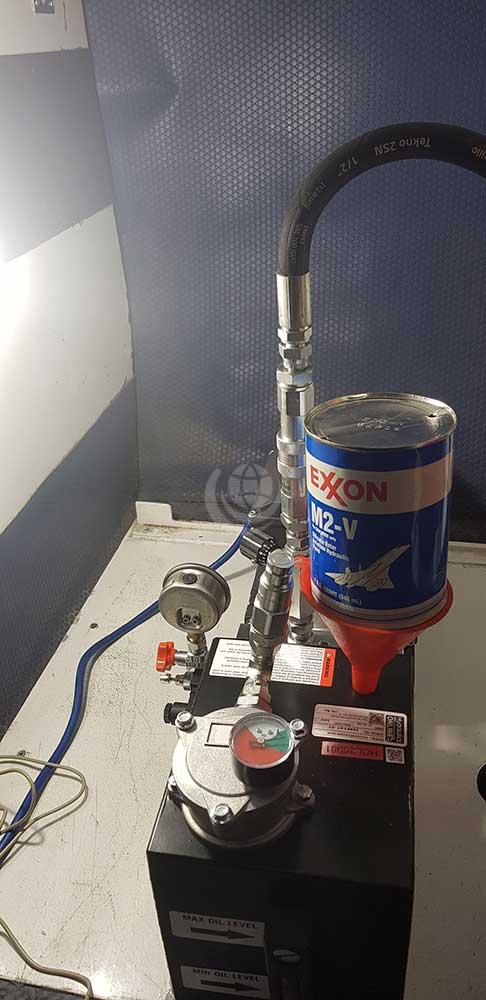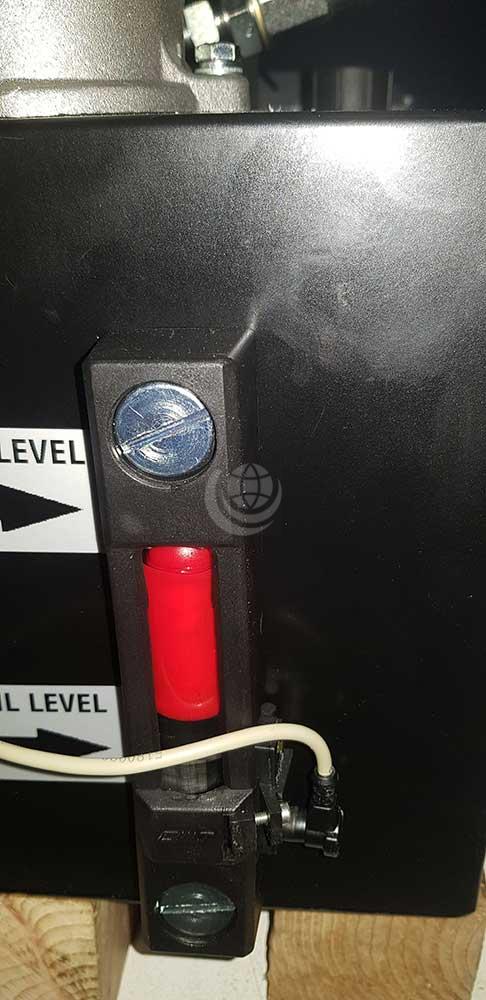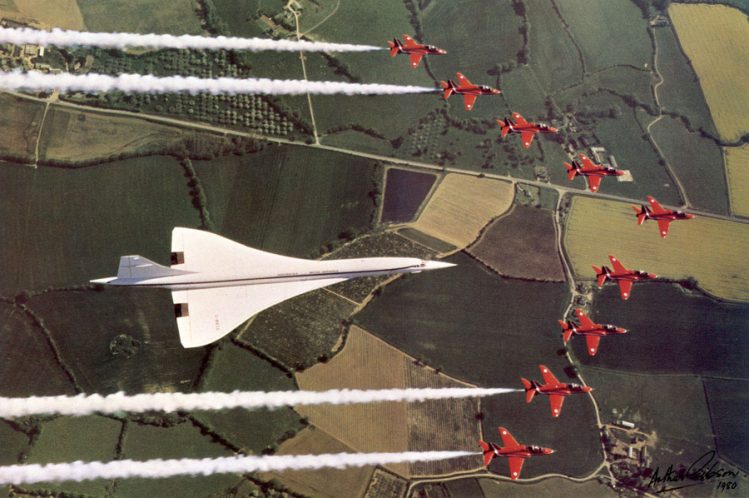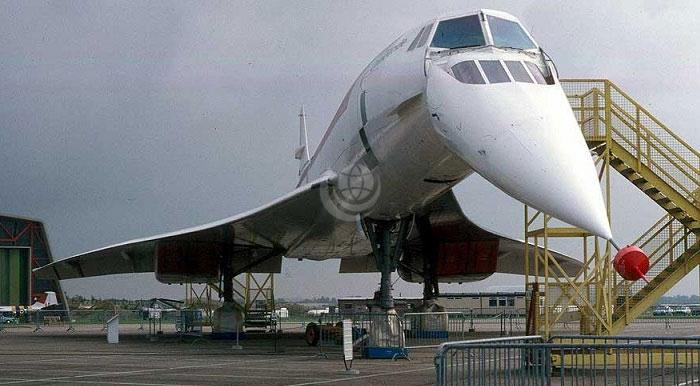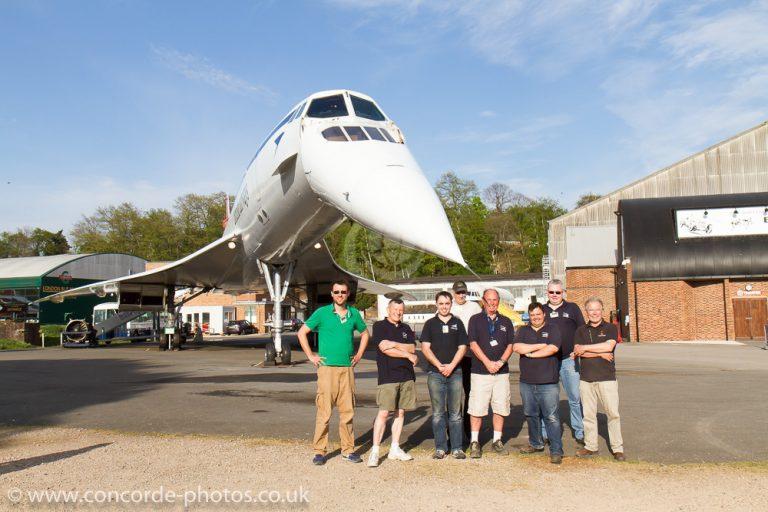Concorde G-BOAC, affectionately known as “Alpha Charlie,” now on display at the Manchester Airport Runway Visitor Park, became the third UK Concorde to feature a fully restored moving nose and visor. This milestone in the preservation of Concorde G-BOAC was expertly engineered by our Cheshire-based team in collaboration with Heritage Concorde.
In January 2019, Heritage Concorde, The Aviation Society, and the Manchester Runway Visitor Park proudly announced the successful restoration of the nose on Concorde G-BOAC – also known as “Alpha Charlie.” The project used the same proven hydraulic methods previously applied by Hydraulics Online to Concorde 101 G-AXDN at Duxford (2014) and Concorde G-BBDG at Brooklands Museum (2016).
The droop-nose configuration is one of Concorde’s most distinctive features. During take-off and landing, the pilot would lower the nose cone to improve visibility of the runway and taxiways. In flight, the nose was raised to maintain aerodynamic efficiency and enable supersonic speeds.
The timing of the restoration was especially meaningful: Concorde G-BOAC celebrated the aircraft’s golden jubilee on 2nd March 2019 – marking exactly 50 years since Concorde’s first flight from Toulouse at 13:30 GMT on 2nd March 1969
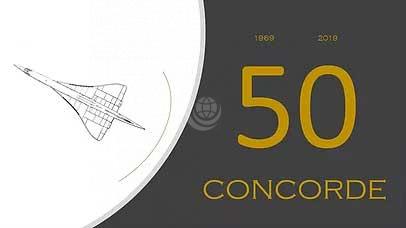
We must first start by thanking The Aviation Society, Runway Visitor Park and Hydraulics Online Ltd for their continued support with this exciting project (Heritage Concorde).
The Mighty G-BOAC
Concorde G-BOAC, affectionately known as “Alpha Charlie,” was the second aircraft to join the UK’s Concorde fleet, delivered to British Airways on 13 February 1976. She’s widely regarded as the flagship of the fleet, bearing the registration BOAC – the initials of British Overseas Airways Corporation, which merged with BEA to form British Airways.
On 1 September 1975, Concorde G-BOAC made aviation history by completing four Atlantic crossings in a single day. She was also the first Concorde in commercial service to land on U.S. soil, touching down at Washington Dulles Airport on 24 May 1976.
Alpha Charlie’s legacy includes a record-breaking flight on 19 December 1985, when she reached a ground speed of 1,488 mph – the fastest ever recorded by a commercial airliner, a record that still stands today
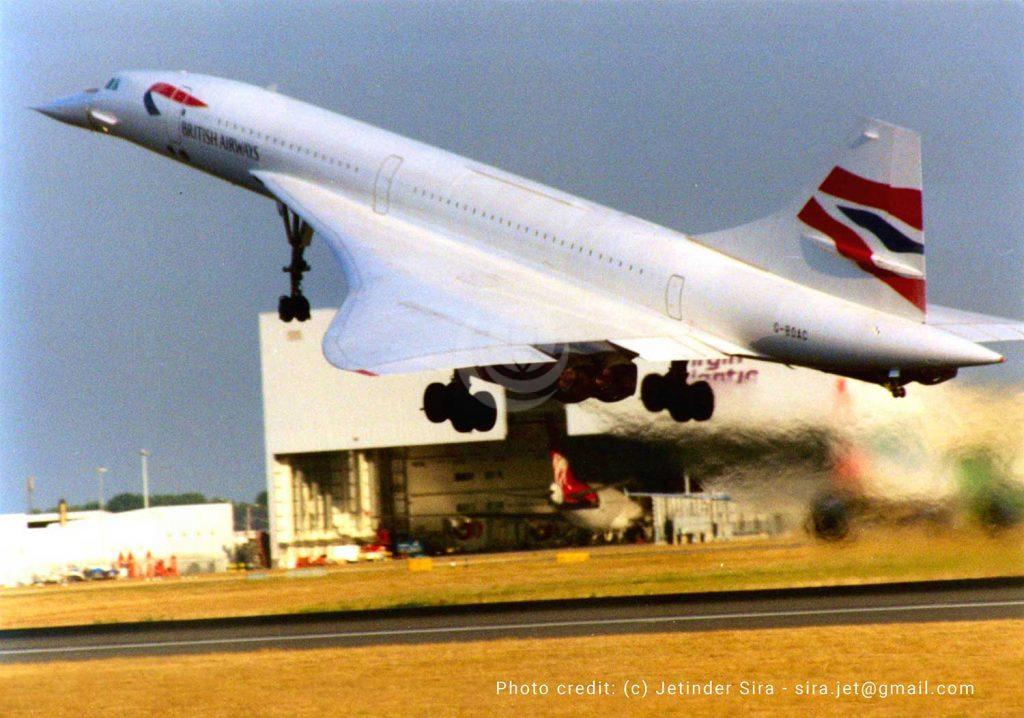
In support of the restoration of Concorde G-BOAC and other aircraft in the fleet, ExxonMobil donated their remaining stock of M2V aviation hydraulic oil to Heritage Concorde and its associated groups. The donation included full coverage of shipping costs to the UK, ensuring that Concorde’s hydraulic systems—especially the restored droop noses—can continue operating for years to come.
Graham Cahill of Heritage Concorde commented:
“We cannot thank ExxonMobil enough for this generous donation which has made the restoration of Concorde much easier, and will power the already restored noses for many years to come.”
This contribution marked a meaningful moment in the preservation of Concorde G-BOAC, aligning with the aircraft’s golden jubilee celebrations and reinforcing the legacy of supersonic innovation.
See Concorde G-BOAC
Why not visit Concorde G-BOAC at the Manchester Runway Visitor Park and witness her restored droop nose and visor in action? It’s a rare chance to experience one of aviation’s most iconic engineering feats up close.
Can’t make it just yet? You can watch the nose and visor in motion through this demonstration videos!
Return to our Concorde homepage…
More of our work with Heritage Concorde
The Concorde Story
Truly one of the most iconic aircraft in the history of aviation, the world’s first supersonic airliner, Concorde entered service in 1976 and continued commercial operations for British Airways and Air France until 2003.
Concorde landed and took-off with a very high angle of attack. A fixed, streamlined nose, whilst necessary to achieve bullet-like supersonic speeds, would have completely obscured the pilot’s view of the runway to about 5 degrees on take-off and landing. And so her “droop nose” was invented…
Learn MoreConcorde G-AXDN
Duxford Aviation Society, owners of the British Airliner Collection, were keen to improve their display of Concorde 101 G-AXDN at the Imperial War Museum, Duxford.
In response, Heritage Concorde proposed making her the first UK Concorde since 2003 to be able to “droop” her nose. The hydraulic systems on Concorde 101 G-AXDN had not been used since she was retired in 1977 and so the team approached Hydraulics Online asking if we could help on “Project Salute”.
project saluteConcorde G-BBDG
G-BBDG (known as Delta Golf, pictured) was the British pre-production Concorde built to finalise the design and to allow the Concorde fleet to receive certification before the other aircraft entered passenger service.
Now residing at the Brooklands Museum this important piece of aviation history has a fully functioning droop-nose and visor – the second Concorde to receive a custom-made power pack from Hydraulics Online!
Learn More



